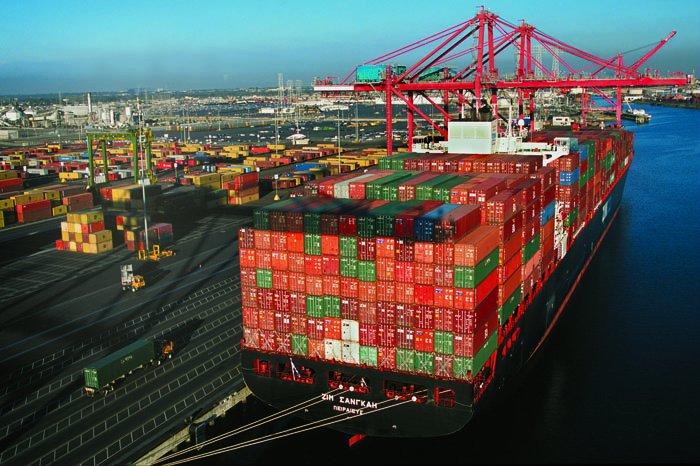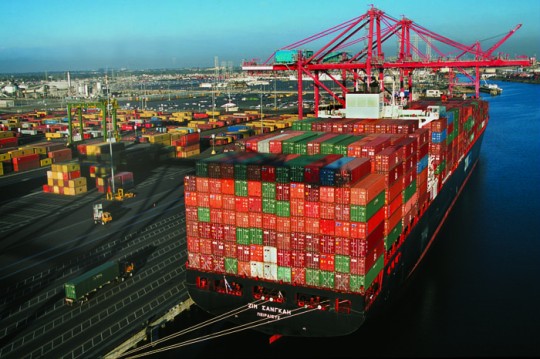So what does a green port look like? (hint: not like the Port of Melbourne)
Ports like the Port of Melbourne are huge users of dirty diesel fuels. The cranes, fork lifts, idling ships, trucks and trains are all using diesel fuel that cause air pollutants that are bad for health and, according to the World Health Organisation, “cause cancer”
The diesel exhaust pollutes not just the port environment but also surrounding neighbourhoods like residential areas in the inner west.
The Port of Long Beach in Los Angeles has just won the “Best Green Seaport” award for it green initiatives which include:
- Clean Trucks program leading to a 90% reduction in truck diesel pollution at the port Read more here
- Connecting ships in port to local electricity to stop diesel exhaust from idling. Read more here
- Program to get ships to slow down coming into port from a 40 nautical mile distance, thus reducing emissions. Read more here
- Green Ships Award to encourage cleaner ships with reduced emissions and rewarding them with cheaper docking fees. Read more here
Is Melbourne Port world class in regard to green initiatives?
Here’s what the Port of Melbourne has been doing in the area of sustainability?: Read more here
- Introduced organic waste recyling in their offices (Presume this means banana peel and apple cores don’t go to land fill)
- In 2011 reduced the number of computer servers in their IT department
- Each year some of their staff ride in the “Around the Bay’ bike ride
- Have purchased some Toyota Camry Hybrids to reduce staff car emissions
- Has installed more efficient heating at Station Pier Cruise terminal
- Installed LED lights at Footscray wharf
- Updated a light tower viewing platform at Point Nepean National Park and put up a new sign
In comparison to the Port of Long Beach the Port of Melbourne initiatives appear somewhat inadequate to say the least, but you be the judge!


